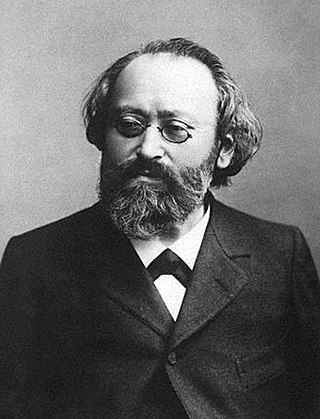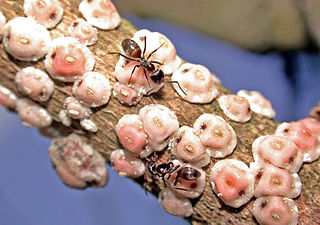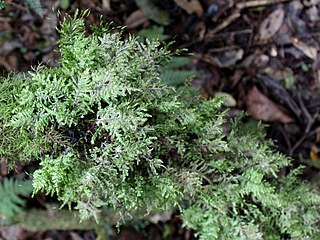
Max Bruch was a German Romantic composer, violinist, teacher, and conductor who wrote more than 200 works, including three violin concertos, the first of which has become a prominent staple of the standard violin repertoire.
Kol Nidrei, Op. 47, is a composition for cello and orchestra written by Max Bruch.

Bruch's membrane or lamina vitrea is the innermost layer of the choroid of the eye. It is also called the vitreous lamina or Membrane vitriae, because of its glassy microscopic appearance. It is 2–4 μm thick.

Max Bruch's Violin Concerto No. 1 in G minor, Op. 26, is one of the most popular violin concertos in solo violin repertoire and, along with the Scottish Fantasy, the composer's most famous work. It has been recorded often.

Dorymyrmex is a genus of ants in the subfamily Dolichoderinae.

Alexander Carl Heinrich Braun was a German botanist from Regensburg, Bavaria. His research centered on the morphology of plants.

Bruch is an Ortsgemeinde – a municipality belonging to a Verbandsgemeinde, a kind of collective municipality – in the Bernkastel-Wittlich district in Rhineland-Palatinate, Germany.

Bream Wood is a 7.8-hectare (19-acre) biological Site of Special Scientific Interest north of Crowborough in East Sussex.

Rickettsia conorii is a Gram-negative, obligate intracellular bacterium of the genus Rickettsia that causes human disease called boutonneuse fever, Mediterranean spotted fever, Israeli tick typhus, Astrakhan spotted fever, Kenya tick typhus, Indian tick typhus, or other names that designate the locality of occurrence while having distinct clinical features. It is a member of the spotted fever group and the most geographically dispersed species in the group, recognized in most of the regions bordering on the Mediterranean Sea and Black Sea, Israel, Kenya, and other parts of North, Central, and South Africa, and India. The prevailing vector is the brown dog tick, Rhipicephalus sanguineus. The bacterium was isolated by Emile Brumpt in 1932 and named after A. Conor, who in collaboration with A. Bruch, provided the first description of boutonneuse fever in Tunisia in 1910.
Philipp Bruch was a German pharmacist and bryologist born in Zweibrücken. His father, Johann Christian Bruch was also a pharmacist.

Leucobryaceae is a family of haplolepideous mosses (Dicranidae) in the order Dicranales.
Proholopterini is a tribe of beetles in the subfamily Cerambycinae, containing the following genera and species:

Whistlestop for an Organ Teacher is an outdoor 2009 stainless steel sculpture by American artist Cris Bruch, located in Portland, Oregon.

Plagiomnium is a genus of mosses in the family Mniaceae. It was formerly a part of a more encompassing genus Mnium and in 1968 Finish bryologist Timo Juhani Koponen justified splitting the genus into a number of smaller genera.

Distichium is a genus of haplolepideous mosses (Dicranidae) in the monotypic family Distichiaceae.

Eurhynchium is a genus of mosses belonging to the family Brachytheciaceae.

Dicranodontium denudatum is a species of moss belonging to the family Dicranaceae.

Tetraplodon is a genus of mosses belonging to the family Splachnaceae.

Mnium is a genus of mosses belonging to the family Mniaceae. The species of this genus are found in Europe and North America.
Arctoa is a genus of mosses belonging to the family Dicranaceae.















